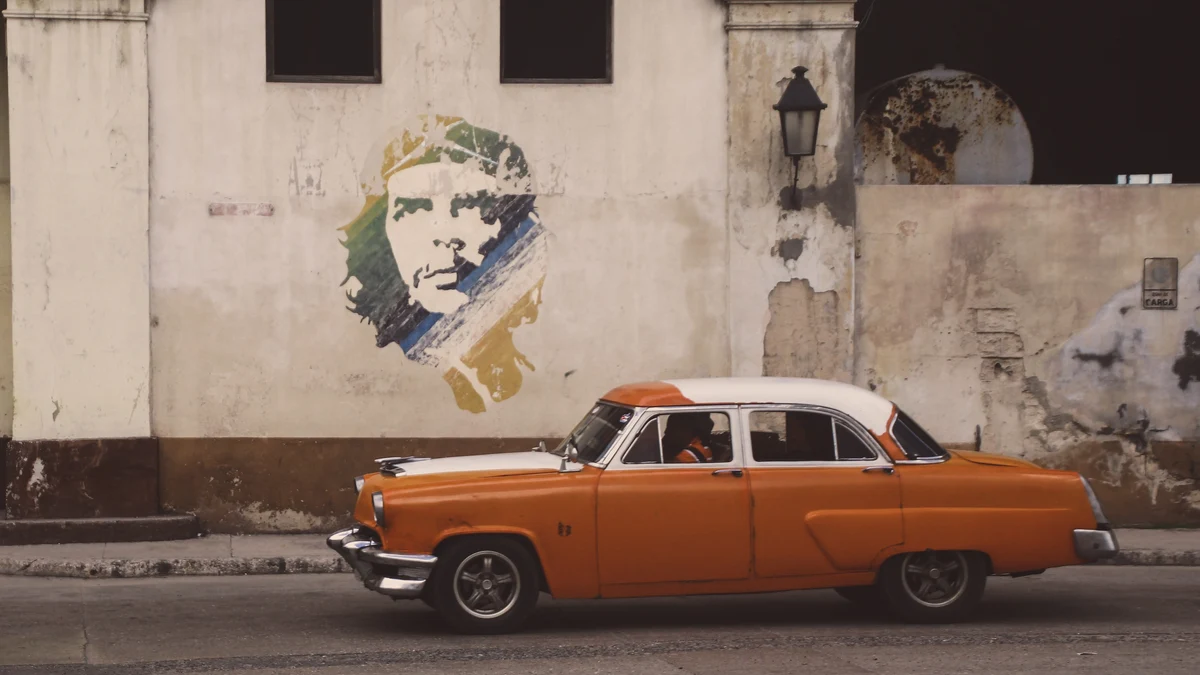
In 2024, Cuba will apply one of its largest macroeconomic adjustment plans in decades, with increases in services such as energy, water and gas, an increase in fuel and the end of the universal food subsidy. The Government has highlighted its urgency – and has stressed that it will not affect the poorest sector – to face a serious economic crisis, with a shortage of basic goods, a drop in GDP of between 1% and 2% in 2023 and a fiscal deficit close to 19%.
However, the package has sparked criticism from independent economists and dissidents, who have pointed out that it will only increase the already more than visible economic inequalities in the socialist country, and that far from being an adjustment, these are cosmetic changes in reforms that They have not fallen on their feet.
Increases and end of “waste”
After surprise announcing the so-called Macroeconomic Stabilization Plan in the National Assembly (unicameral Parliament) at the end of December, the Prime Minister, Manuel Marrero, assured that given the “war economy” situation in Cuba, the State cannot continue with the “waste” on certain subsidies. One of the examples is electric energy, which this year will have a 25% increase for the 6% that spend the most.
Another change will be in the charging of fuel in foreign currency for tourists and an adjustment in the price for the rest of the population. As anticipated by the Government, it will not apply to transporters. The cost of water supply, on the other hand, will triple for those without timed service and the price of the liquefied gas cylinder will rise by 25%.
End of universal subsidy
One of the most notable points within the Government package is the end of the universal subsidy for subsidized products through the ration card, which in 2022 will celebrate 60 years since its creation. The purpose is similar to that of the rest of the measures. The State, in the midst of its liquidity crisis, will seek to prioritize subsidies in people considered “vulnerable”. The above does not mean that the passbook is eliminated, the Government clarified, but rather that it would move to a system in which prices would change depending on the income of each person.
In an intervention on state television, the Minister of Economy, Alejandro Gil, asked to what extent it is feasible to “maintain” the same level of subsidy on products for the entire “population, when not everyone is in the same solvency situation.” economic”, tacitly recognizing the social differences on the island. It costs Cuba nearly 1.6 billion dollars -given the shortage of foreign currency to access the international market and the US economic embargo- maintain the ration card schemebecause the Caribbean country imports 80% of the food it consumes.
Exchange market
Cuba too will change its official exchange rate with respect to the dollar, which in the case of legal entities has remained at 24 Cuban pesos (CUP) per greenback since the implementation of the 2021 monetary reform, which put an end to the convertible peso (CUC), a currency whose value was equivalent to that of a dollar. For individuals, the rate is 120 pesos for each US currency. Since the implementation of the so-called ordering task, three years ago, and according to independent economists, the black currency market on the island has been strengthened, in which the rate is around 265 CUP per dollar this Monday.
The Government itself has recognized that the reform has not met its objectives. “Among the measures proposed is recovering the management of foreign exchange by the State, because part of what is happening to us today, the fact that there is less state supply and more supply from the private sector, is because the private sector, in some way , is acquiring these currencies in the informal market, the illegal market, and These currencies are not entering the national financial system“, censured the Minister of Economy.
Correction of “distortions”
The Government, led by its president, Miguel Díaz-Canel, has come forward since the announcement of the plan, to point out that it is not a “neoliberal package” or a “shock plan.” The Executive has constantly repeated this idea in recent days, thus responding to some comments from the dissidentswhich equated the measures with those undertaken in recent decades by other governments in the region – mostly right-wing -.
From the ruling party it has been stated that what they are looking for is the “correction of a set of distortions” in the island economy and that the objective is for the State to take the reins in these corrections. In this regard, critical Cuban economists, such as Pedro Monreal, have stated that “an economic package does not necessarily have to be neoliberal in nature to produce effects similar to that of a traditional neoliberal package.”
Source: Lasexta
Ricardo is a renowned author and journalist, known for his exceptional writing on top-news stories. He currently works as a writer at the 247 News Agency, where he is known for his ability to deliver breaking news and insightful analysis on the most pressing issues of the day.












